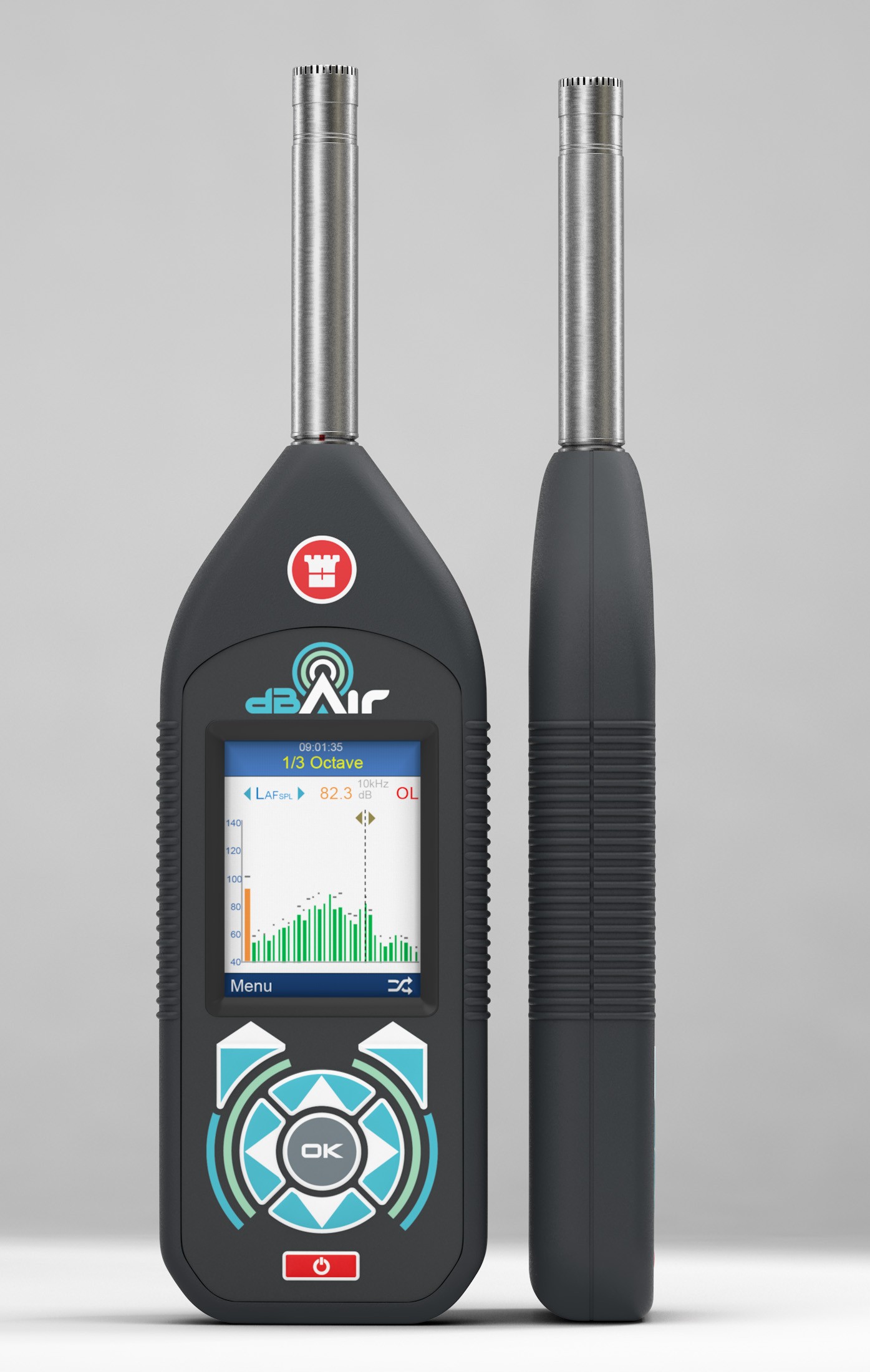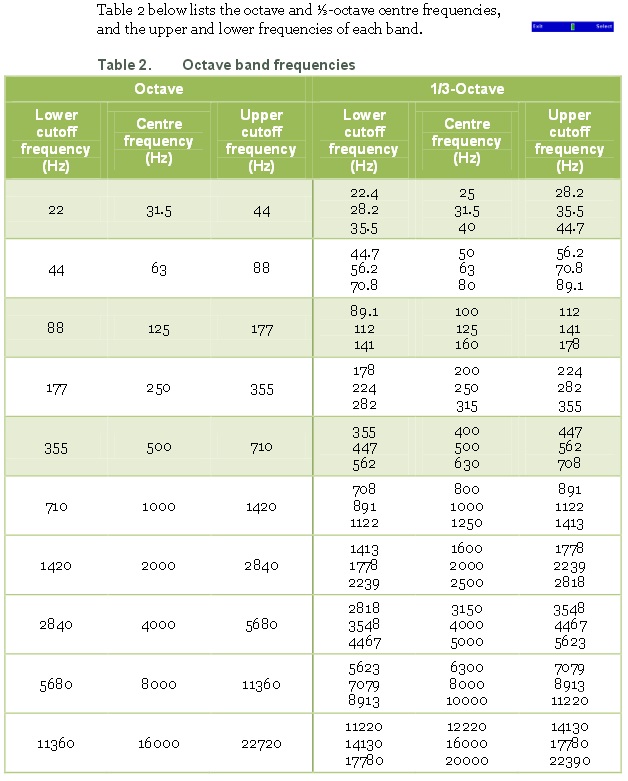

The band format can represent the band power or band-average power spectral density (PSD), while the continuous curve represents PSD data. With regards to the data fed to the plot, you can use any global quantity, or readily pick it up at a point or as an average over a line, surface, or volume.įor the graphs, you have the option to format the results so that they render in either bands (octaves, 1/3-octaves, or 1/6-octaves) or as a continuous curve. The output of the plot is automatically given on the dB scale, with several formatting options. The Octave Band plot, available in the Acoustics Module add-on to COMSOL Multiphysics ®, includes built-in features specific to acoustics simulations that can be helpful for representing and analyzing frequency-domain data. The Octave Band Plot, a Simple and Versatile Acoustics-Specific Plot In the same way, the human ear also has a logarithmic sensitivity to sound magnitude, hence the use of a decibel (dB) scale for sound pressure levels.Īs we will describe next, the Octave Band plot includes more functionality than simply plotting acoustic responses in octave bands.

Physiologically, such representation is motivated by the fact that the human ear itself filters (via auditory filters) and perceives sound on a logarithmic frequency scale. This visualization technique is closely related to specifications in standards and, thus, the way measurement equipment works (e.g., sound level meters). Representing an acoustic response by binning the signal energy into octaves, or fractional octaves, is very common for acoustic and audio engineers. Applying this concept results in bands of equal width on a logarithmic frequency axis. When discussing an octave, we are referring to a frequency band in which the upper frequency is twice the lower frequency. It has since been updated to reflect new features and functionality available in the Acoustics Module. Let’s learn a bit more about the Octave Band plot while highlighting its various options and settings.Įditor’s note: The original version of this post was published on January 21, 2016.

F1 is also known as “contra F” or “double pedal F.The Octave Band plot provides you with an easy and flexible way to represent simulation results that are essential when modeling acoustics applications, including frequency responses, transfer functions, sensitivity curves, transmission losses, and insertion losses.
#Octave band full


 0 kommentar(er)
0 kommentar(er)
